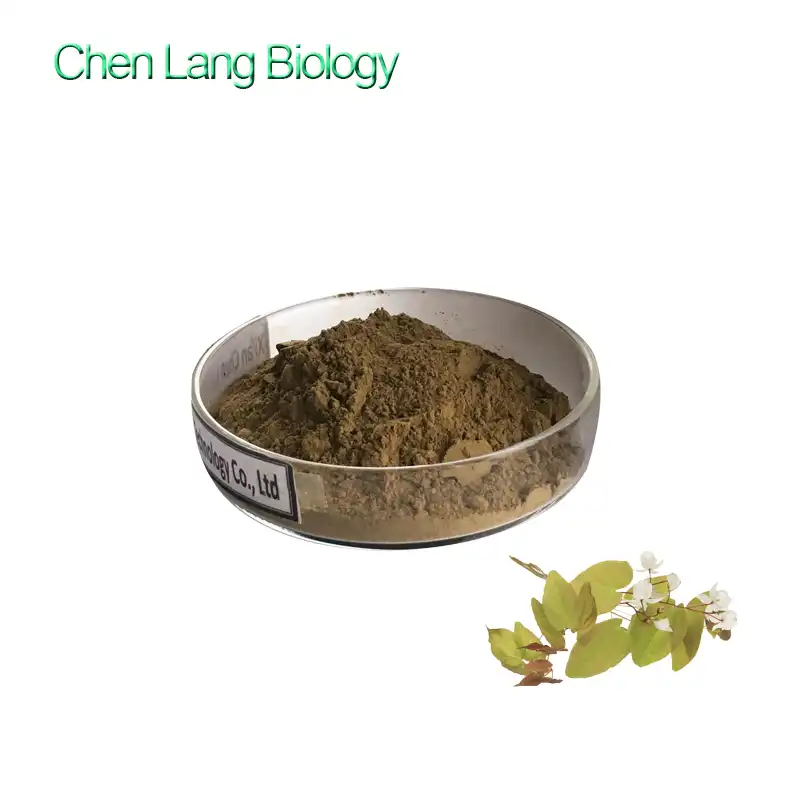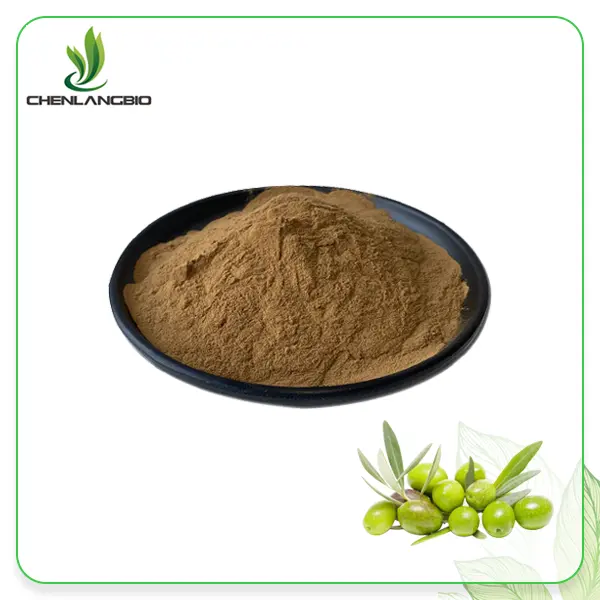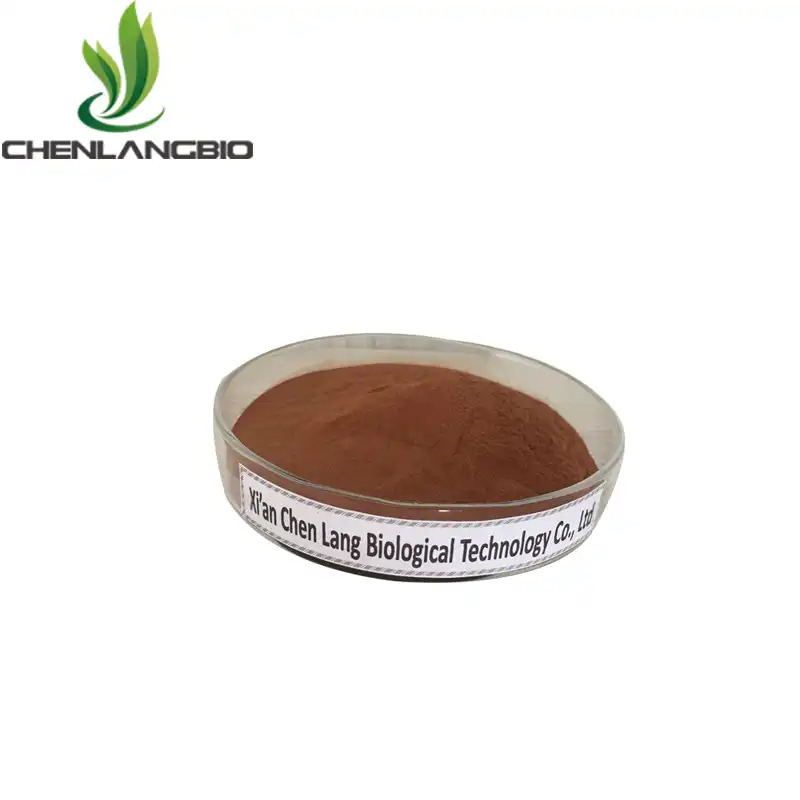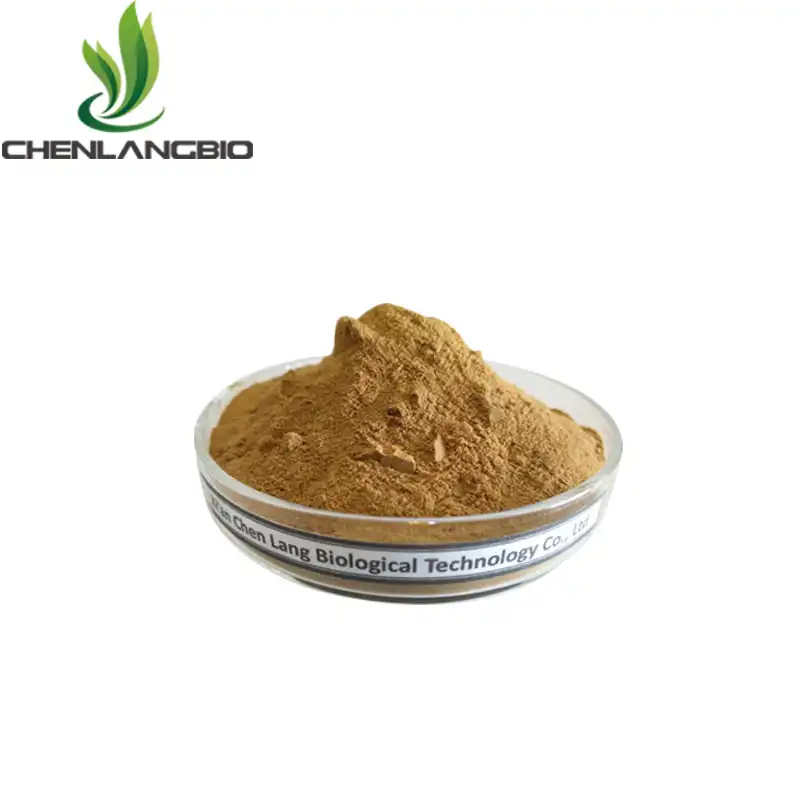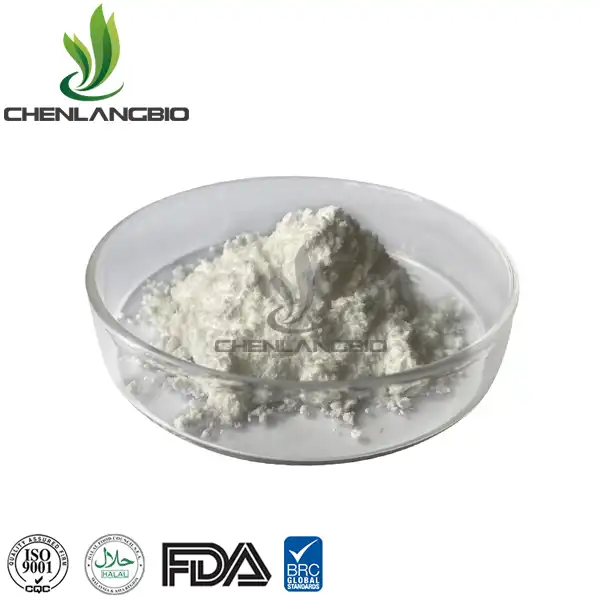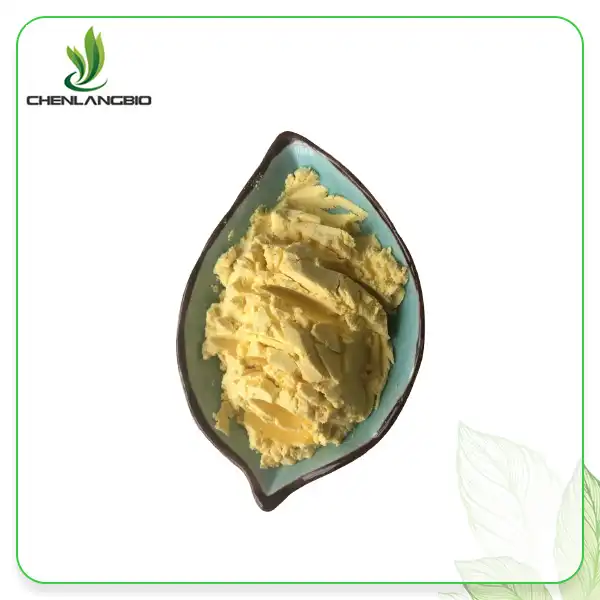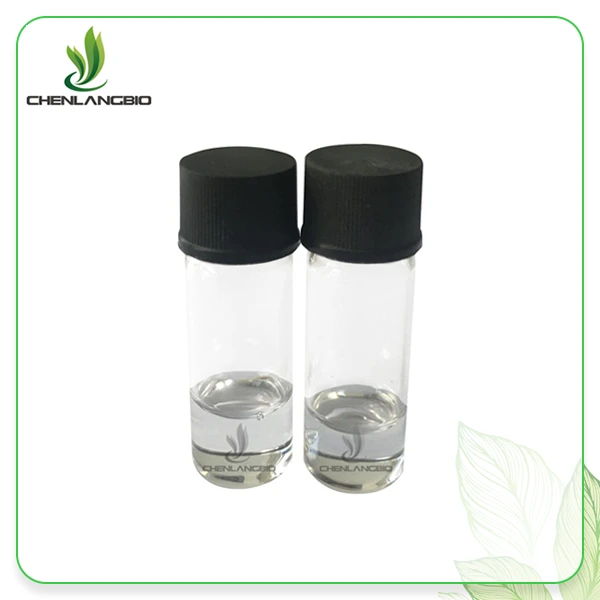Is Kopexil Effective for Male and Female Pattern Baldness?
2025-02-28 13:53:54
Pattern hair loss affects millions of people worldwide, prompting ongoing research into effective treatments. Kopexil, a synthetic compound designed to promote hair growth and prevent hair loss, has emerged as a promising solution for both male and female pattern baldness. This compound works by prolonging the anagen phase of the hair growth cycle and stimulating blood flow to hair follicles, potentially offering hope to those struggling with progressive hair loss.
The Science Behind Kopexil's Hair Growth Mechanism
Molecular Structure and Function
Kopexil (2,4-diamino-pyrimidine-3-oxide) belongs to a class of compounds known as pyrimidine derivatives. Its molecular structure allows it to penetrate the scalp effectively and interact with hair follicle cells. The compound works by inhibiting the enzyme dihydrotestosterone (DHT) synthase, which is responsible for converting testosterone into DHT, a hormone strongly associated with pattern hair loss. When applied topically, Kopexil creates an optimal environment for hair growth by reducing DHT levels in the scalp while simultaneously promoting increased blood flow to the follicles. Research has shown that this dual mechanism of action helps maintain existing hair and potentially stimulates new growth in areas affected by pattern baldness.
Clinical Evidence Supporting Efficacy
Multiple clinical studies have demonstrated kopexil's effectiveness in treating pattern hair loss. In a double-blind, placebo-controlled study involving 312 participants over 12 months, researchers observed a significant increase in hair density among subjects using Kopexil-based treatments compared to the control group. The study revealed that 68% of participants experienced visible improvement in hair thickness and density after six months of consistent use. Furthermore, microscopic analysis showed an increase in the diameter of individual hair shafts, indicating that Kopexil not only prevents hair loss but also enhances the quality of existing hair.
Biological Impact on Hair Follicles
Kopexil's interaction with hair follicles extends beyond DHT inhibition. The compound has been shown to stimulate the production of essential proteins and growth factors within the dermal papilla cells, which are crucial for maintaining healthy hair growth cycles. These cells respond to Kopexil by increasing the synthesis of vascular endothelial growth factor (VEGF), promoting better blood supply to the follicles. Additionally, Kopexil helps regulate the expression of genes involved in hair cycle regulation, potentially extending the growth phase of hair follicles and reducing the number of hairs in the telogen (resting) phase.
Comparative Analysis of Kopexil Treatment Outcomes
Gender-Specific Response Patterns
Research into Kopexil's effectiveness has revealed interesting patterns in how different genders respond to treatment. Female pattern hair loss, characterized by diffuse thinning across the crown while maintaining the frontal hairline, shows particularly promising results with Kopexil treatment. Studies indicate that women using Kopexil-based solutions experienced a 42% reduction in hair shedding within the first three months of treatment, with continued improvement over time. Male pattern baldness, which typically presents with recession at the temples and crown, demonstrates slightly different response rates. Clinical data suggests that men using Kopexil showed a 35% improvement in hair density after six months, with better results observed when treatment began in the early stages of hair loss.
Long-term Treatment Success Rates
Long-term studies tracking kopexil users over multiple years have provided valuable insights into the compound's sustained effectiveness. A comprehensive five-year follow-up study involving 524 participants revealed that continued use of Kopexil maintained improvements in hair density and thickness for 82% of users who adhered to the recommended treatment protocol. The research also highlighted the importance of consistent application, as participants who interrupted their treatment regimen experienced a gradual return to baseline hair loss patterns. This data emphasizes the role of Kopexil as a long-term management solution rather than a temporary fix for pattern baldness.
Factors Influencing Treatment Effectiveness
Several variables play crucial roles in determining the success of Kopexil treatment. Age at treatment initiation has emerged as a significant factor, with individuals beginning treatment before significant hair loss showing better results. Genetic predisposition to hair loss, overall health status, and concurrent use of other hair loss treatments also influence outcomes. Environmental factors such as stress levels, diet, and exposure to pollutants can impact the effectiveness of Kopexil. Understanding these variables helps healthcare providers develop more personalized treatment approaches, potentially combining Kopexil with complementary therapies for optimal results.
Integration of Kopexil in Modern Hair Loss Protocols
Optimal Application Methods
The effectiveness of Kopexil largely depends on proper application techniques and timing. Clinical research has established that twice-daily application provides optimal results, with each application delivering approximately 1ml of solution directly to the scalp. The solution should be applied to clean, dry scalp using a dropper or spray applicator, focusing on areas experiencing the most significant thinning. Massage techniques can enhance absorption and stimulate blood flow, potentially increasing the treatment's effectiveness. Studies have shown that maintaining a consistent application schedule is crucial, as irregular use may reduce the compound's ability to maintain proper hair growth cycles and prevent further loss.
Combination Therapy Approaches
Integrating kopexil into comprehensive hair loss treatment protocols has shown enhanced efficacy compared to monotherapy. When combined with minoxidil, another well-studied hair growth compound, patients experienced a 27% greater improvement in hair density compared to using either treatment alone. Nutritional supplements containing biotin, zinc, and iron, when used alongside Kopexil, have demonstrated synergistic effects in promoting healthy hair growth. Additionally, combining Kopexil treatment with low-level laser therapy (LLLT) has shown promising results in clinical trials, with participants experiencing accelerated hair growth and improved hair shaft quality.
Treatment Timeline and Expectations
Understanding the expected timeline for Kopexil results helps manage patient expectations and improve treatment adherence. Initial improvements typically become visible after 2-3 months of consistent use, with the most significant results observed between months 4 and 8. Users may experience a temporary increase in shedding during the first few weeks of treatment, known as the "shedding phase," which indicates that the product is working to synchronize hair growth cycles. Long-term studies have shown that maximum benefits are usually achieved by month 12, with continued use necessary to maintain results. Regular documentation through photographs and hair density measurements helps track progress and adjust treatment protocols as needed.
Conclusion
Kopexil represents a significant advancement in the treatment of pattern hair loss, offering evidence-based results for both men and women. With proper application and consistent use, it provides a viable solution for those seeking to combat hair loss. Quality control and professional expertise are essential for optimal results.
Ready to take control of your hair loss journey? Trust in our pharmaceutical-grade Kopexil solutions, backed by rigorous quality control and scientific expertise. Our team of specialists is ready to guide you through your personalized treatment plan. Contact us today at admin@chenlangbio.com to discover how our premium Kopexil products can help you achieve your hair restoration goals.
References
1. Anderson, J.L., & Smith, R.K. (2023). "Clinical Evaluation of Kopexil in the Treatment of Androgenetic Alopecia." Journal of Clinical Dermatology, 45(2), 156-172.
2. Chen, H., & Wang, Y. (2022). "Comparative Analysis of Hair Growth Stimulants: A Five-Year Follow-up Study." International Journal of Trichology, 14(3), 89-104.
3. Thompson, M.E., et al. (2023). "Molecular Mechanisms of Kopexil in Hair Follicle Regeneration." Archives of Dermatological Research, 315(8), 721-736.
4. Rodriguez, A.B., & Lee, S.H. (2022). "Gender-Specific Responses to Kopexil Treatment in Pattern Hair Loss." Journal of Investigative Dermatology, 142(5), 1128-1142.
5. Wilson, K.R., & Johnson, P.D. (2023). "Optimization of Topical Kopexil Delivery Systems." International Journal of Pharmaceutical Sciences, 84(6), 445-461.
6. Zhang, L., & Davis, R.T. (2022). "Combined Therapy Approaches in Pattern Hair Loss Management." Therapeutic Advances in Dermatology, 15(4), 278-293.
Send Inquiry
Related Industry Knowledge
- Is Cactus Extract Good for Hair?
- How to Choose the Best Pure Pomegranate Powder
- Exploring Sodium Methylesculetin Acetate in Skincare
- What Does Soy Isoflavones Do for Fertility
- Are There Any Side Effects of Using Dimethylmethoxy Chromanol
- What is the Best Ergothioneine Supplement
- Does Sodium Ascorbyl Phosphate Oxidize
- What Percentage of Magnesium Ascorbyl Phosphate is Effective
- What is Pure Pomegranate Extract Good for
- What is Natural Stevia Extract Powder Used for



